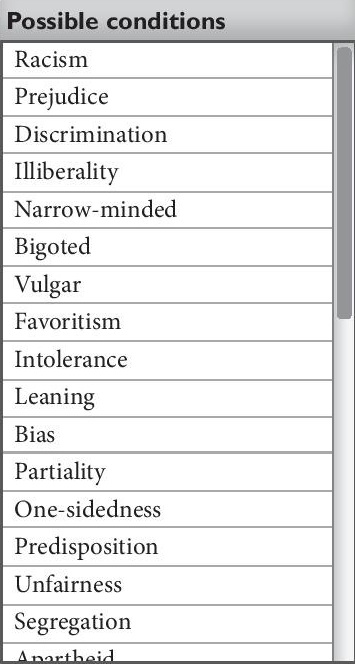
 Symptoms: Convenience store robbery, trigger-happy finger and a police car scuffle.
Symptoms: Convenience store robbery, trigger-happy finger and a police car scuffle.
Side effects: Riots, racism, peaceful protests, curfews, violence and unreliable witnesses.
Made worse by: Exposure to social media and yellow journalism (sensationalism).
There are two sides to every story – except for this one.
Last week, on the heels of a grand jury’s decision not to indict him, former Ferguson police officer Darren Wilson shared his side of the account that left an unarmed black teenager dead and the nation in an uproar.
We will never get to hear Michael Brown’s side of the story, but with a substantial amount of evidence to back up keep points in it, Wilson’s side of the story might be the only one we need.
Following the news of Brown’s death, the 24-hour news cycles went to town hammering out stories about racial unrest in Ferguson, Missouri, and social media quickly blew up about the racist white cop that gunned down an unarmed black teenager while he had his back turned.
Racism, however, is a side effect of the shooting, not a symptom.
It did not occur because it was an act of racism – we made it about racism after it happened.
When Ferguson Police Chief Thomas Jackson decided to release a security video filmed shortly before the shooting that allegedly showed Michael Brown robbing a convenience store “because the press asked for it,” many were quick to jump at the chance of accusing Jackson of being racist.
One of the more prominent complaints that made its way around cable news was that the man shown in the video was obviously not Brown because the man was too large to be an 18-year-old and that the police are being racist by trying to pass off a black man robbing a convenience store as Brown – an example of society making something that really wasn’t about race about race.
In Brown’s post-mortem examination, it states his body was clothed in “a pair of yellow socks with black leafs, brown shorts with pockets, blue underwear, a gray t-shirt (with defects), and a black cloth belt.” This description matches the outfit the man seen in the video was wearing.
Preliminary reports that came out said Wilson was responding to a call about the robbery.
Stopping Brown while he was walking down the street because he matched the description of the robber in question is not an act of racial profiling.
Physical evidence also proves that there was in fact a struggle between Brown and Wilson.
Wilson testified that he fired two shots inside the police car.
One of these two bullets was recovered.
Forensic testing also found Brown’s blood not only on the inside of Wilson’s police vehicle, but on his gun, further suggesting that Wilson’s claim that Brown tried to take his gun was true.
The scuffle through the police car window was a symptom that led to the shooting and had nothing to do with race.
What becomes a very gray area is the timeframe following the cop car scuffle and leading up to Brown’s death, mostly due to unreliable and fickle witnesses.
Early witnesses had said Brown was shot in the back.
According to Brown’s post-mortem examination, there were no gunshot entry wounds on his back and he was only shot from the front.
These witnesses have since changed their stories. And their stories continue to change as more physical evidence comes to light.
The one story that has stayed consistent, however, is Wilson’s, a possible indicator that the shooting was not race-motivated after all and he really was simply, “doing (his) job.”
This is not to say that what he did was acceptable, though.
Michael Brown should not have been killed.
Wilson fired 12 shots in all, with at least six of them hitting Brown.
According to Brown’s post-mortem examination, of the six that hit Brown, two were shot at an upwards angle, both hitting his right arm. The other four – one in his scalp, one in his forehead and two in his chest – were shot at a downward angle, indicating that Brown was already down and no longer a threat.
Three bullets were removed from Brown’s body and submitted as evidence – the two in chest and the one in his scalp.
Racism has always been prevalent, and the “race card” even more so. Racism is the first explanation offered for situations like this in today’s society. Frankly, acts of racist crimes by those in authoritative positions – whether it’s a police officer or a neighborhood watchman – sells newspapers and gets airtime. However, racism isn’t always the cause. It’s the side effect. It becomes relevant when we decide to make it relevant, after the fact.
The mindset that unfortunate incidents like the one that unfolded in Ferguson is strictly racist is not only backwards thinking, but ignoring facts and refusing to compromise your point of view is ignorant. The only way for the nation to move on, and for our society to develop, is to abandon the practice of automatically bringing racism to the forefronts of our everyday lives.


